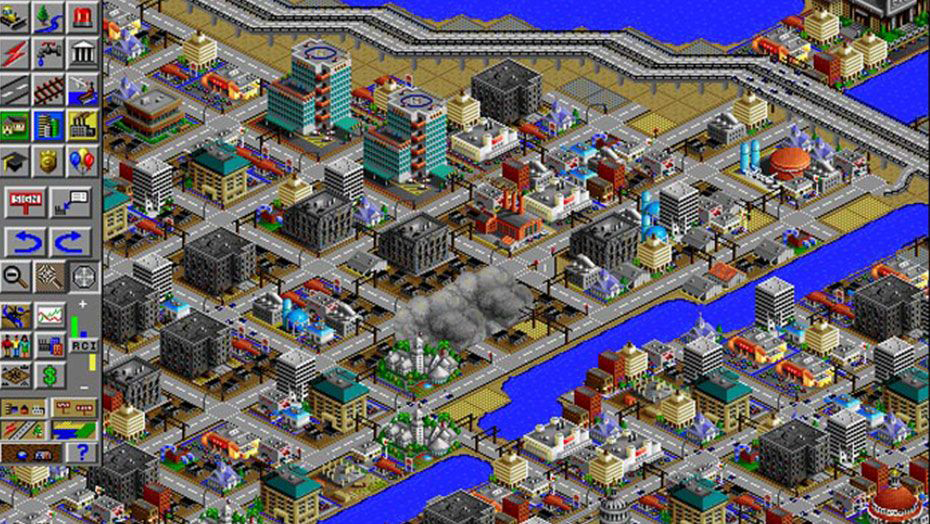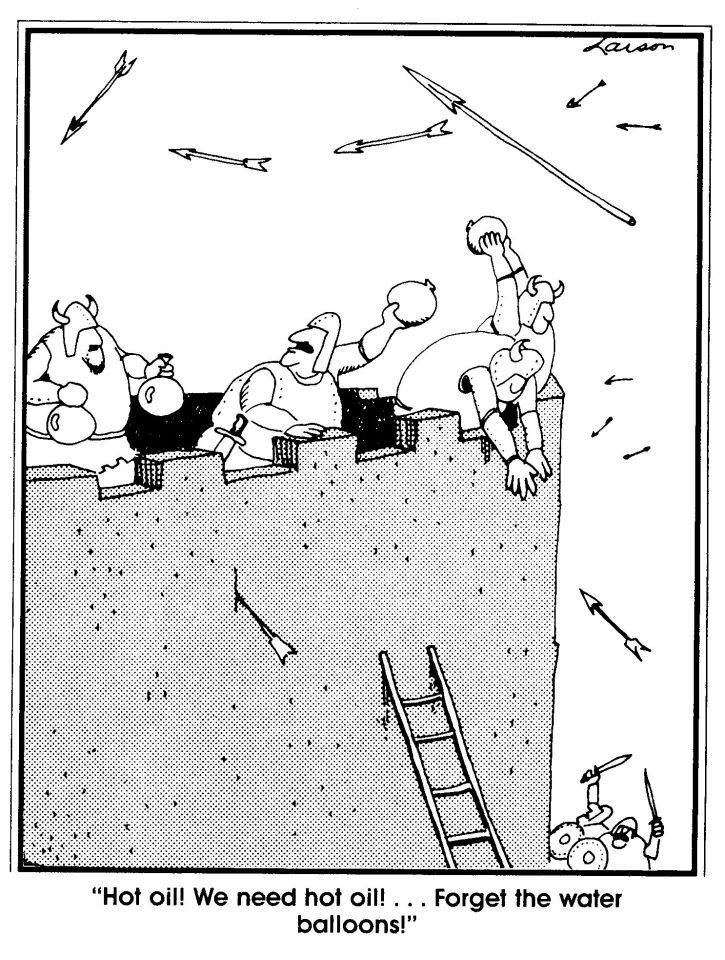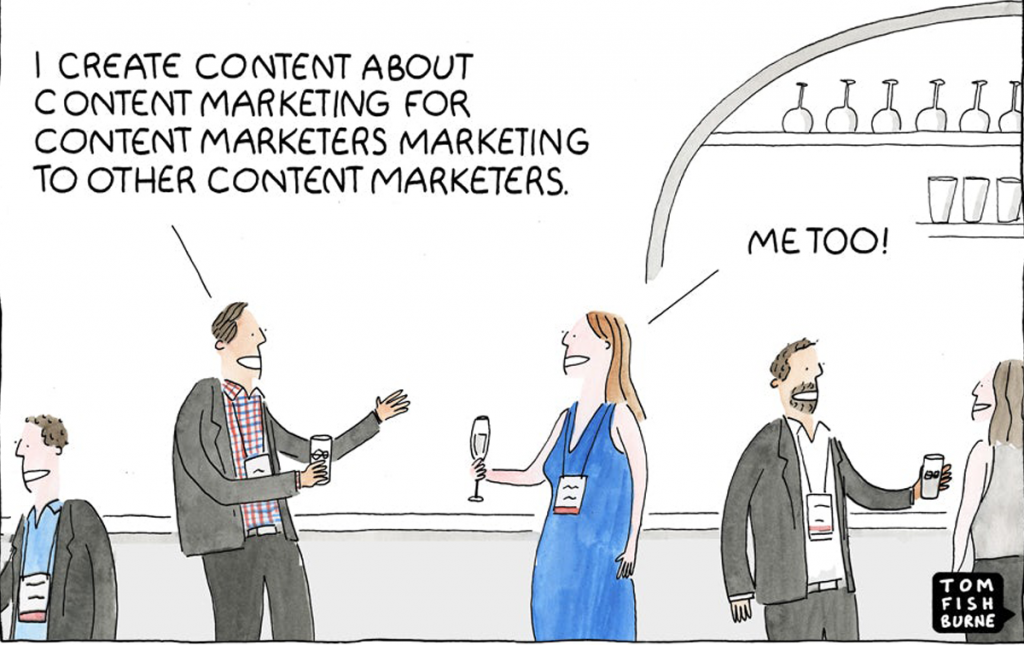
09 Aug Planning a Planning Conference for More Than Just Planners
I was lucky enough to speak recently at the Canadian Institute of Planner’s (CIP) 2017 Annual National Conference in Calgary on how we at 8 80 Cities approach implementing urban interventions. I trained as actor, so if you had told me ten years ago when I was muddling my way through Galliard class (Galliard being a popular 16th century Renaissance dance) that I would be addressing a room of Canada’s top planners as an expert in urban interventions, I would have said in no uncertain terms that you were completely full of it.
Lack of formal planning training aside, I really enjoyed the conference. Calgary is creating fantastic public spaces with separated cycling lanes, traffic calming measures, and enhanced pedestrian facilities being installed across the downtown. That energy and momentum were echoed in the conference rooms and breakout sessions. Planners from across the country were eager and excited to share best practices and swap success stories. It was inspiring to hear the work being undertaken in communities large and small, from coast to coast. As the conference progressed, and I met more and more people, the more one thing became patently clear. I was virtually the only non-planner there.

Interdepartmental cooperation is just a bit easier in Sim City
One of the things that drew me most to urban planning issues after working professionally as an actor for several years was how many different aspects of our lives are affected by city planning. Transportation, economic development, public health, social development. They all intersect at planning. When I started working on planning related issues, I envisioned a room full of planners and designers and engineers and technicians and public health officials all coming together to discuss the big issues and develop solutions collectively. Whatever naivete that managed to survive theatre school intact died pretty quickly once I realized that’s not even close to how things work. Disciplines, especially within government, are very much more compartmentalized than I thought.
Silos in government are to be expected. We need some way of organizing the many different tasks expected of civil servants. Departments and areas of responsibility are the easiest way to do this. Of course, we know how common it is for those boundaries between departments to harden, then calcify, then grow into impenetrable barricades cut off from the world by crocodile infested moats. Areas of responsibility become strictly enforced. Solutions to complex issues involving multiple governmental stakeholders are painfully slow to develop. The silos that help government function also help prevent it from functioning well. Governmental paralysis is the key factor in allowing the public transit, social housing, and public health crises affecting many cities to continue. Those barriers and the paralysis they enable must be broken down if those crises are going to be addressed.

Departments defend their turf rigorously
Planners know this intimately. Everyone I talked to at the conference expressed frustration over trying to work inter-departmentally. Planners do deal with the reality of trying to build bridges between various disciplines every day, which begs the question: Why are we holding conferences where the only non-planner is a former actor? For four days, planners from across the country spoke about the best practices that will be desperately needed to manage the growth coming to our cities over the next thirty years. Four days about overcoming institutional inertia, roadmaps for widely successful pilot programs, innovative tools for community engagement. Tactics for tackling issues related to climate change, transportation, economic competitiveness, indigenous reconciliation, and many others. Four days of talking to ourselves. What a missed opportunity.

This sounds all too familiar in planning. Via marketoonist.com
I don’t mean to knock CIP or the conference. There is absolutely value in celebrating the successes in urban planning and design over the last year. The conference provided platforms, like the panel on Indigenous economic opportunity, for voices who are not normally heard from in traditional planning circles. We should build on this. Much can be gained by getting together to talk planning with planners. Much more can be gained by talking planning with planners and engineers, and medical officers, and social workers, and housing advocates and so on. No one knows this more than planners. No group is better positioned to start breaking down the silos that hold us all back. Let’s start using our conferences as tools for interdisciplinary bridge building. If we don’t, we’re just speaking in an echo chamber. Without the buy in of everyone else, planners will forever be drawing up plans that never get implemented. And that’s a waste of all the talent, energy, and passion I was so lucky to be part of in Calgary. Who we’re talking to is just as important as what we’re saying.



